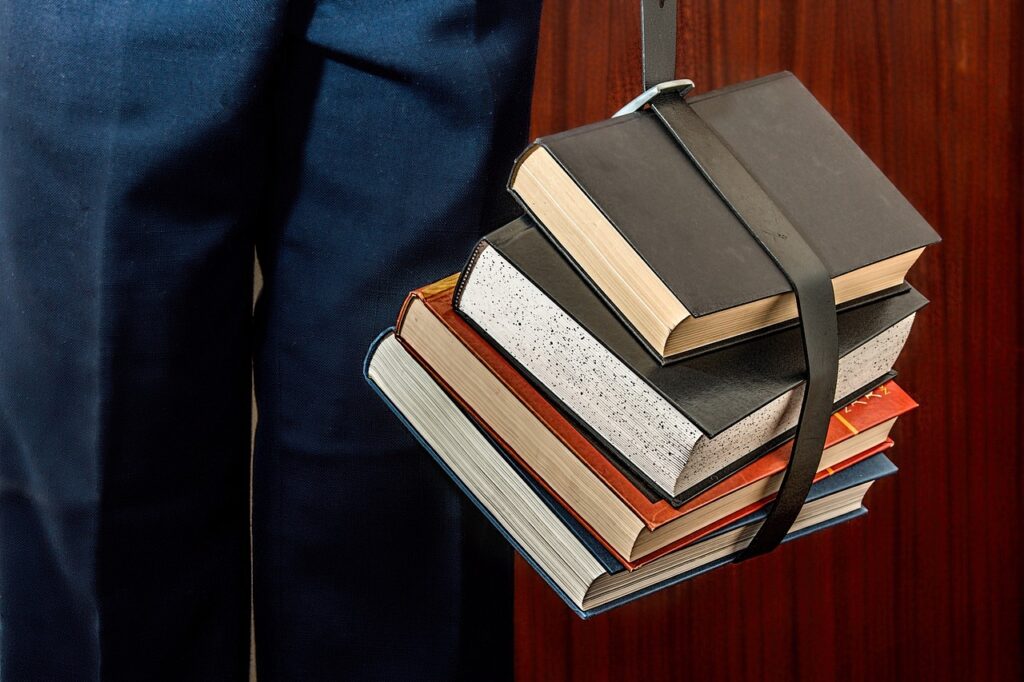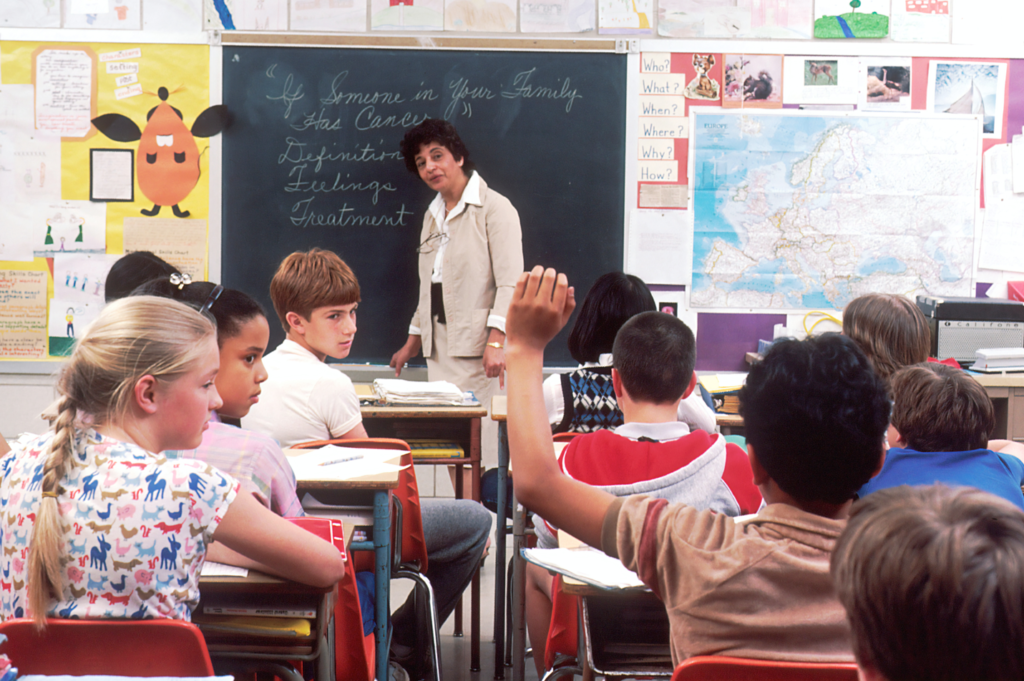
In Singapore’s Primary School Leaving Examination (PSLE), English holds a significant weight. Many students and parents navigate the complexities of English language studies, aiming for excellence in the PSLE. However, several common mistakes can hinder adequate preparation.
In this article, we explore these pitfalls. We will also provide valuable insights on how to avoid them for a smoother journey to success.
Neglecting Reading Habits
One of the most common mistakes is underestimating the power of regular reading. Many students focus solely on textbook materials. They overlook the vast world of literature. Reading not only enhances vocabulary but also improves comprehension and critical thinking skills.
Parents and educators can introduce diverse genres to foster a love for reading. Fiction to non-fiction and encourage discussions about the content. Creating a reading environment at home is essential. It develops a habit that goes beyond exam preparation.
Ignoring Writing Practice
Students often neglect consistent writing practice in the rush to cover syllabus topics. English PSLE requires knowledge and also the ability to articulate thoughts coherently. Writing regularly, whether it’s creative compositions, essays, or reflective pieces skills. Setting aside time for writing exercises can significantly enhance a student’s expressive abilities.
Overlooking Grammar Fundamentals
Grammar forms the backbone of language proficiency. Overlooking its fundamentals is a grave mistake. Students sometimes need help understanding the rules through grammar lessons. It’s essential to revisit basic grammar concepts regularly. Interactive learning tools and real-life examples can make the learning process engaging. A firm grasp of grammar aids in error-free writing. It also boosts language confidence.
Consider signing your child up for English enrichment or tuition classes to revisit the fundamentals of English and build a strong foundation, preparing them for English PSLE.
Disregarding Vocabulary Enhancement
Expanding one’s vocabulary is a continuous process. Many times, students make mistakes they usually don’t make in exam preparations.
Students might rely on a set list of words without actively seeking new terms. Vocabulary enhancement is crucial for precision in expression. Implementing daily vocabulary-building exercises can significantly enrich a student’s language skills. Interactive vocabulary games and quizzes can make the process enjoyable.
Underestimating Time Management
In the pressure of exam conditions, time management becomes a critical factor. Some students focus so much on accuracy that they spend excessive time on a single section. They eventually leave insufficient time for the rest. Conversely, others prioritize speed but compromise on accuracy. Balancing both aspects is essential. Regular timed practice, simulated exam conditions, and practical strategies for each PSLE paper can help students strike the right balance.
Paving the Way for English PSLE Success
Students must avoid these common mistakes as they gear up for the English PSLE, as they can significantly impact their preparation journey.
The key to success in English composition during PSLE is to cultivate an approach that includes regular reading, consistent writing practice, a strong foundation in grammar, vocabulary enhancement, and effective time management.
Parents and educators play a crucial role in providing the necessary guidance. They can create an environment that fosters language development beyond exam-focused activities. Students can unlock their full potential. They can approach the English PSLE with confidence and competence by addressing these issues.









